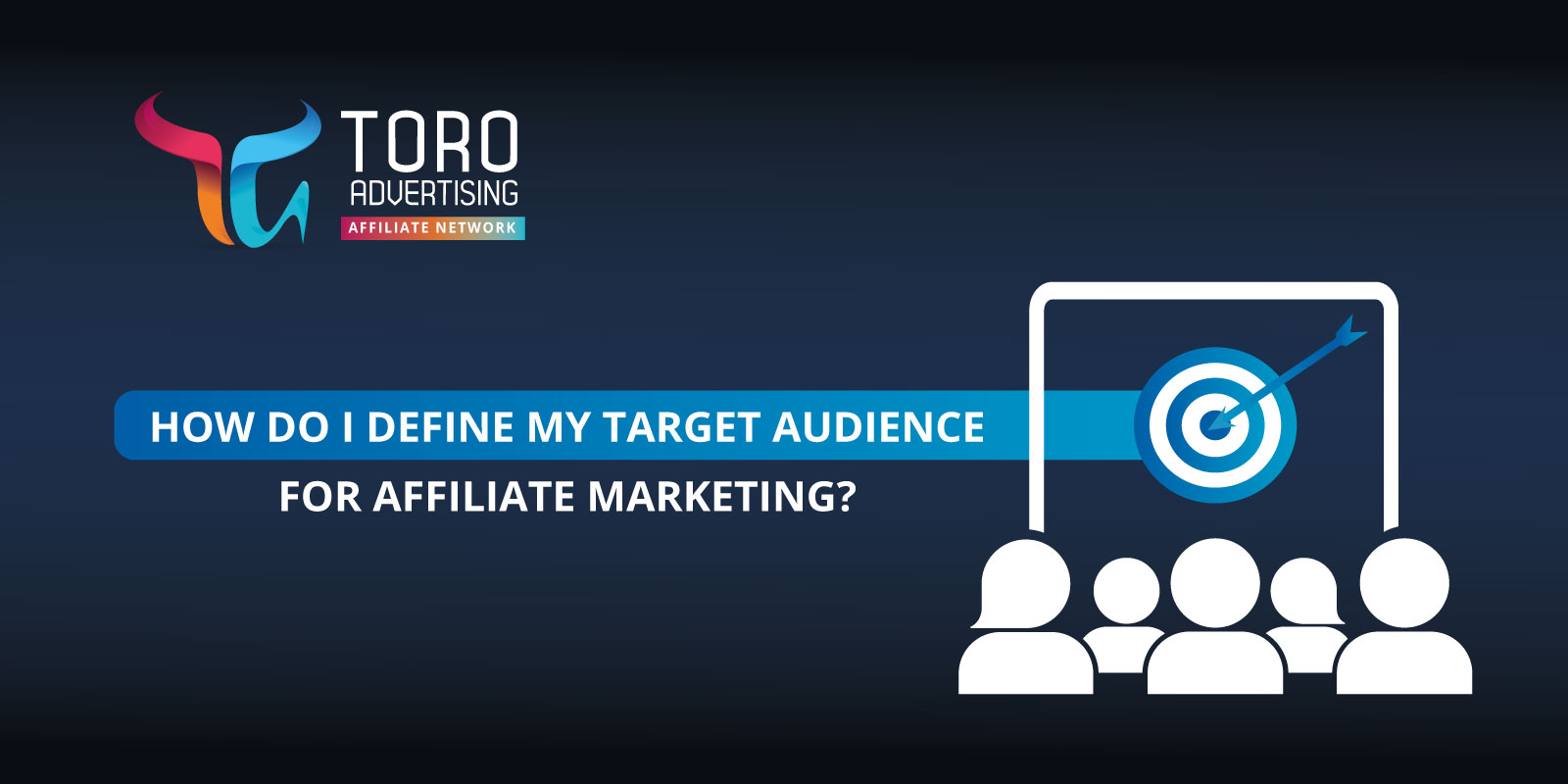At TORO Advertising our team is often asked, “How do I define my target audience for affiliate marketing?” Firstly, let’s look at it from a target consumer’s perspective: We love to feel understood and special when we are targeted with advertising that is relevant to us. When the intention is closer to our interests it makes the message more appealing to us. Put simply, we like receiving customized, one to one advertising. It makes us much more likely to react positively because personalized experiences improve our satisfaction. According to SmartFocus, personalization leads to a 67% transaction value, a 300% conversion rate, and a 7% annual revenue increase. “Marketers see an average increase of 20% in sales when using personalized web experiences, with personalized CTAs [calls to action] resulting in a 42% higher conversion rate than generic CTAs,” according to Jess Stephens, CMO of SmartFocus. Clearly, affiliate marketers need to focus on personalized experiences and prepare their whole campaign with their target audience in mind in order to generate the highest conversion value.
Although our purpose is to learn and define the target audience’s meaning, it is important to know what is the importance of audience persona and how it works within the process of defining target audiences. Audience personas, commonly referred to as buyer personas, are a detailed description of someone who represents your target audience. This allows you to better understand their needs, desires, and what they really want to become your customers. So, buyer personas go one step further and allow marketers to invest the right marketing efforts toward the right people.
Nevertheless, defining your target audience is a crucial step before setting up any affiliate campaign or strategy. Definitely, this is a must-do task. Let’s keep reading!
Contents
What is a target audience?
“You can’t sell everything to everyone” – In favor or against? Definitely, you can’t, but let’s open up the discussion: whether you are a webmaster, affiliate marketer, digital marketer, or even a brand, the best way to define your target audience is to first focus on the people who have an interest in your product, so that further down the line, they will believe that they need your product in their life and will indeed buy it.
To sum it up, your target audience refers to a specific group of customers most likely to want your product or service and that audience is defined by specific characteristics like age, gender, location, interests, lifestyle, beliefs, aspirations, etc. Indeed, defining your target audience is essential to understanding what your target customers want and what they care about, in order to ensure that you are addressing their needs. There are many benefits of defining your target audience.
Benefits of knowing your target audience
The key benefits of knowing your target audience allows you to:
- Select the most profitable advertising channels
- Connect directly with the right audience
- Attract high-quality leads
- Build stronger relationships with customers
- Develop customer loyalty and improve repeat buying
- Contributes to business profitability
Types of target audience
Tthe best way to define your target audience begins with looking at the types of target audience. Due to the evolution of new technologies in data analysis within marketing activities, new ways to define target audiences and market segmentation have developed. Therefore, affiliate marketers need to dedicate time to research in order to understand their audience. So let’s wrap up the main categories that target audiences can be segmented into:
Demographic segmentation: This category includes gender, age, income, education, religion, etc.
Psychographic segmentation: This category includes beliefs, values, lifestyle, social status, life goals, interests, etc.
Geographic segmentation: This category includes region, city, country, culture, language, etc.
Behavioral segmentation: This category includes spending and purchasing habits, browsing habits, brand interactions, brand loyalty, etc.
How do I define my target audience for affiliate marketing?
For this stage, it is crucial to invest time in analyzing the information you receive from your customers, evaluating current buyer behaviors, and researching new purchasing trends. Information is definitely power, and as long as you can use it to deliver value to customers’ lives, you will maximize your profit opportunities.
As an affiliate marketer, it is important to know what type of content the target audience prefers in order to make them buy the product. In addition, which social media platforms do they use the most? Does your target audience have similar values to the brand or product values? All these questions need to be answered before setting up your affiliate campaign so that you can reach the right audience and generate successful results.
5 steps to find the best way to define your target audience
1. Review your existing audience
Learn about their current buying behaviors, feedback, engagement with the product, and what they enjoy online, for example, social media, blogs, forums, news, etc. The following are the most common practices for this analysis:
- Social media analytics: Monitor the comments, engagement, new likes on the page, etc.
- Google Analytics: Monitor and identify your audience made up of segments with specific interests, intent, demographics, channels, behavioral data, etc.
2. Determine what problems your product/service solves
Identify the problem or the pain point that needs to be solved. Understanding the problems of existing and potential customers and empathizing with them will help you to identify valuable insights about their motivations and interests.
3. Segment your target audience
After checking the first two steps, you now probably have a better picture of your target audience. Now, it is time to define the ideal demographics for your product in order to find the target audience across digital media platforms. Understanding the composition of your audience in terms of gender, age, and interests lets you also identify the kinds of creatives you need to develop.
4. Investigate your competitors
Check what other affiliate marketers are doing to promote your product or similar product to find out the approach and angle they are using. Check out our article about Spytools and learn how you can make them work for you.
5. Gather detailed data of your target audience
Now it’s time to collate the information you have collected during the process of defining your target audience. Put everything together and make sure you include all relevant information.
Conclusion
We hope that this has provided the best way to define your target audience. If you have followed all the points covered in this article you will have all the necessary information and confidence to now find your audience and communicate with them by speaking their language, and the right creative triggers to provide them with what they need in their lives: your product or brand!






Leave a Reply